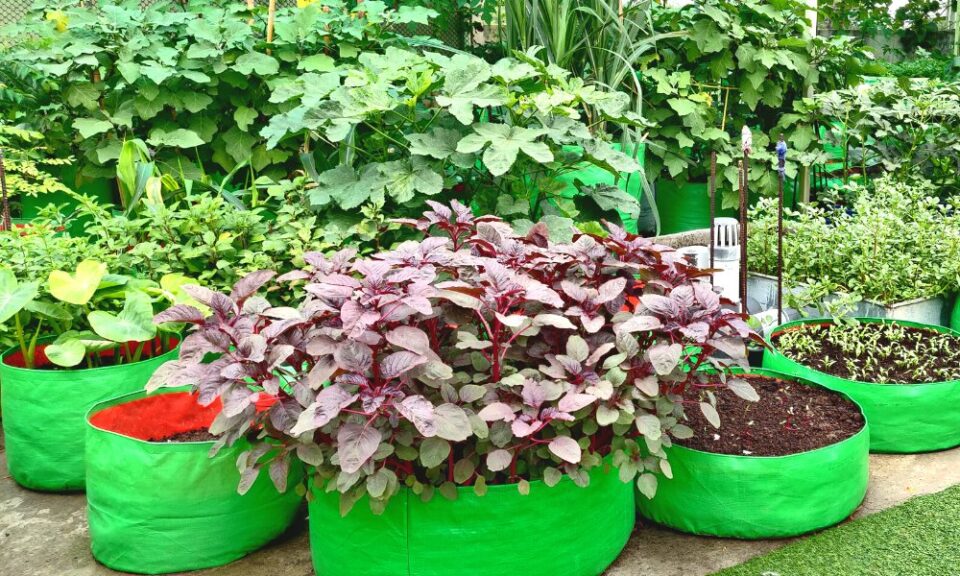Every gardener, whether they have a vast nursery or a small indoor garden, knows that the choice of plant pots can make a significant difference in their plants’ health and growth. But how do you choose the right ones, especially when buying wholesale plant pots? This guide will steer you through the process, highlighting the factors to consider to make the best choice for your green friends.
Understanding the Value of Plant Pots
A plant pot does more than simply hold your plants and their soil; it contributes to their overall health, affecting root development, water retention, and temperature regulation. The right pot can enhance the growth of your plants, while the wrong one can hinder it.
The Benefits of Buying Wholesale Plant Pots
If you’re a gardener with a sizable collection or run a plant-related business, buying wholesale plant pots can be highly advantageous:
Cost Savings: Buying in bulk often reduces the cost per unit, offering significant savings especially if you require a large number of pots.
Variety: Working with wholesale suppliers gives you access to a diverse range of pot options, including varying designs, sizes, and materials. With this wide selection, you can confidently select the optimal pots for your plants, tailored to their specific requirements..
Uniformity: Buying from a single supplier in bulk can ensure consistency in your pots, which is essential for a professional appearance if you’re running a business.
Availability: Purchasing pots wholesale means you’ll have a good stock at hand, reducing the risk of running out at a critical time.
A Green Thumb’s Checklist: Choosing Wholesale Plant Pots
Selecting the right wholesale plant pots involves various considerations. Here’s a checklist to guide you through the process:
Determine the Right Size
The size of a plant’s pot plays a vital role in its overall health.:
- Too small pots can cramp roots, stunting plant growth.
- Too large pots can cause water to sit in the soil, leading to root rot.
Consider the plant’s size and growth rate to determine the right size. As a general rule, the pot should be roughly 1-2 inches larger in diameter than the plant’s root ball.
Select the Suitable Material
Various materials are utilized to construct plant pots, each with its own set of pros and cons.:
Plastic: Lightweight, inexpensive, and retains moisture well. However, it can degrade over time due to sunlight exposure.
Ceramic or Clay: Provides good insulation and is aesthetically pleasing. But it’s heavier and more fragile than plastic.
Wood: Natural and attractive but can rot over time.
Metal: Durable and modern but can overheat, affecting soil temperature.
Choose the material that best fits your budget, aesthetic preferences, and plants’ needs.
Check Drainage Facilities
Proper drainage is essential for your plants to flourish. Ensure your chosen pots have sufficient drainage holes. Too few or small holes can cause waterlogging, while too many can cause the soil to dry out quickly.
Consider the Pot’s Aesthetics
If your plants are for sale or will be displayed, the pot’s aesthetic appeal matters. Choose designs and colors that complement your plants and fit with your overall aesthetic or brand image.
Choose a Reputable Supplier
When buying wholesale plant pots, selecting a reputable supplier is vital. Look for suppliers with:
- A wide range of high-quality products.
- Competitive pricing.
- Good customer service.
The Green Thumb’s Path to Thriving Plants
Buying wholesale plant pots can seem daunting with many options and factors to consider. However, with careful thought about your plants’ needs and a good supplier, you can secure the right pots to help your green companions thrive.
Remember, as a green thumb, your mission is to create the best environment for your plants to grow and bloom. That starts with the right pot. Choose wisely, and enjoy the rewards of healthy, thriving plants.

